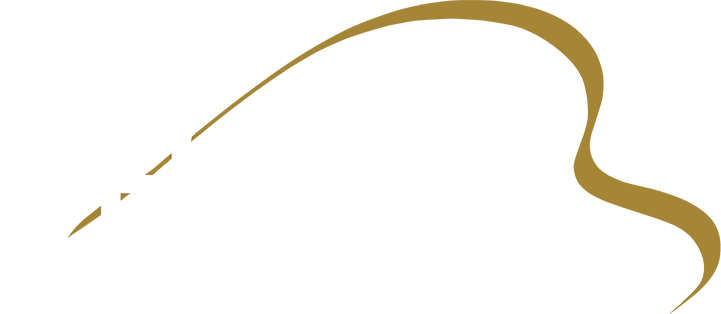Product Features
- Ten benchmarked arrangements covering a range of classical styles
- Downloadable audio: easily access audio content online
- Fact Files: composer background information
- Walkthroughs: in-depth guidance for each arrangement
Plus
- Technical Exercises
- Ear Tests
- General Musicianship Questions
Repertoire
- Florence Price – Silk Hat and Walking Cane
- Jóhann Jóhannsson – Cambridge, 1963
- Alexis Ffrench – Shine
- Klaus Badelt and Hans Zimmer – He’s A Pirate
- Wolfgang Amadeus Mozart – Sonata in C, Kb. 545 (first movement)
- Frédéric Chopin – Mazurka in A , Op.24 no.3
- Isaac Albéniz – Tango in D, Op.165 no.2
- Claude Debussy – The Little Shepherd
- Oscar Peterson – Jazz Exercise no.2
- Johann Sebastian Bach – Invention no.13 in A minor, BWV 784
Supporting Tests
Technical Exercises
- Group A – Scales
- Group B – Arpeggios
- Group C – Technical Studies
Unseen Tests
- Sight Reading
- Contemporary Improvisation & Interpretation
- Ear Tests (Melodic Recall)
- General Musicianship Questions
Errata
Pages 13-15
Cambridge , 1963
Bars 21-22: The notated chords in the treble clef in these two bars are shown in their simplest rhythmic form, and candidates should aim to keep the notes in these chords held as long as possible, releasing notes accordingly when required to do so by the left hand.
Page 58
Technical Exercises: Group C: Technical Study 2 (p.58) +8va added over right hand in final bar (full bar). (Updated 19 December 2024)
Page 65
General Musicianship Questions
“The construction of one of four cadence types; perfect, imperfect, plagal and deceptive, in the key of C or F major.” has been updated to “The construction of one of two cadence types; perfect, imperfect, in the key of C or F major.”(Updated 18th July 2022)
**
In the glossary of musical terms (‘Piano Notation Explained’) the entry marked ‘D.S. al Fine’ has been updated to read ‘D.S. al Coda’. (Updated 25 September 2024)














